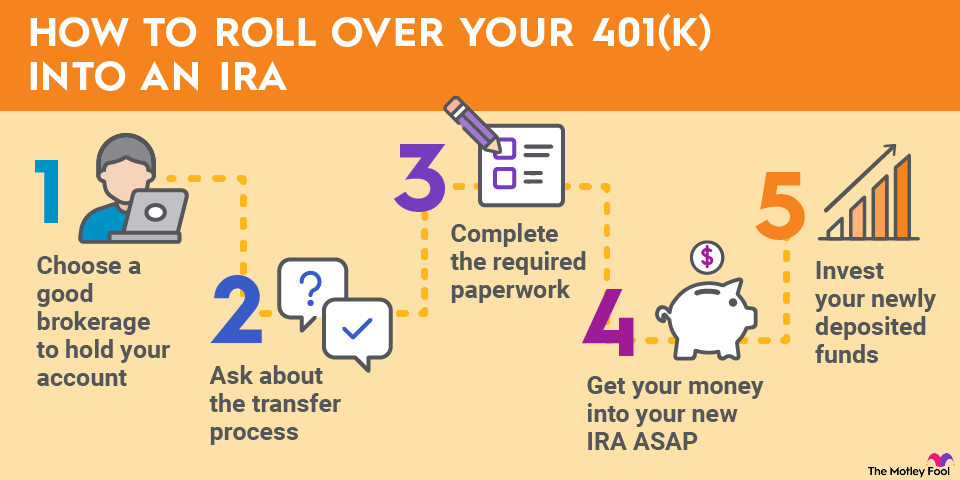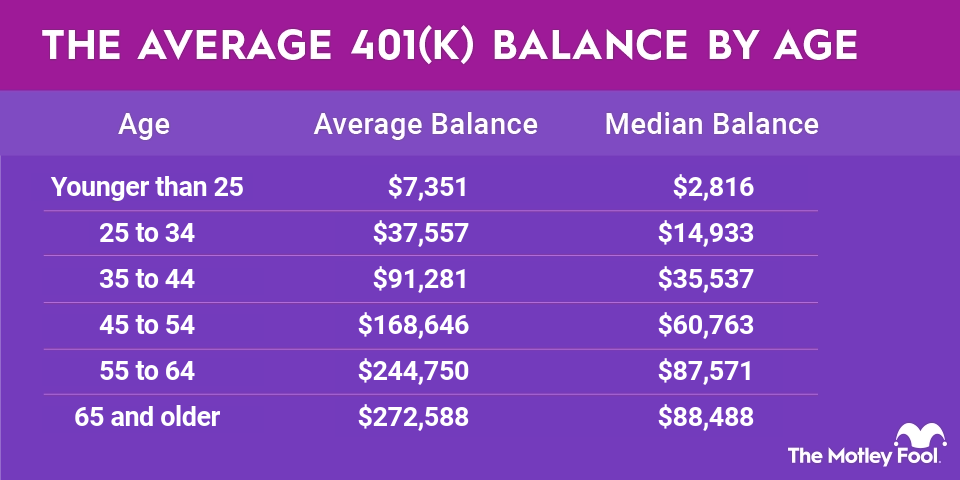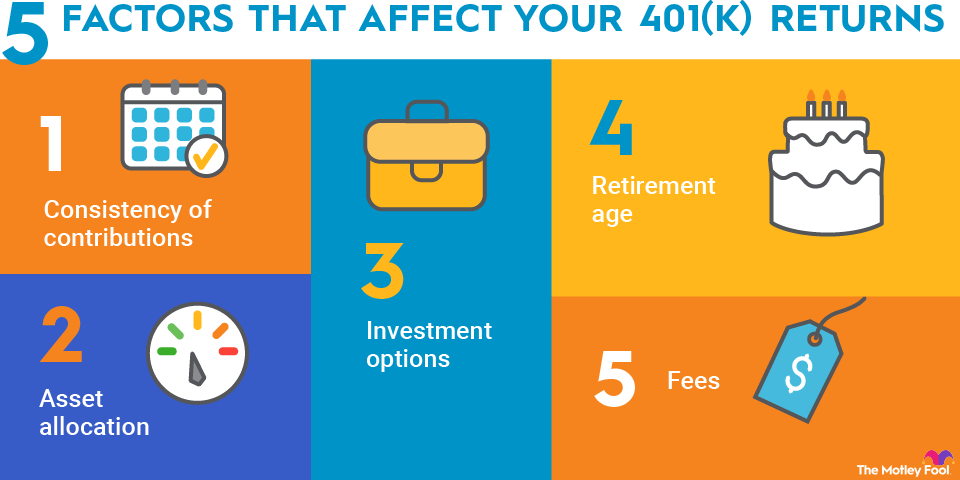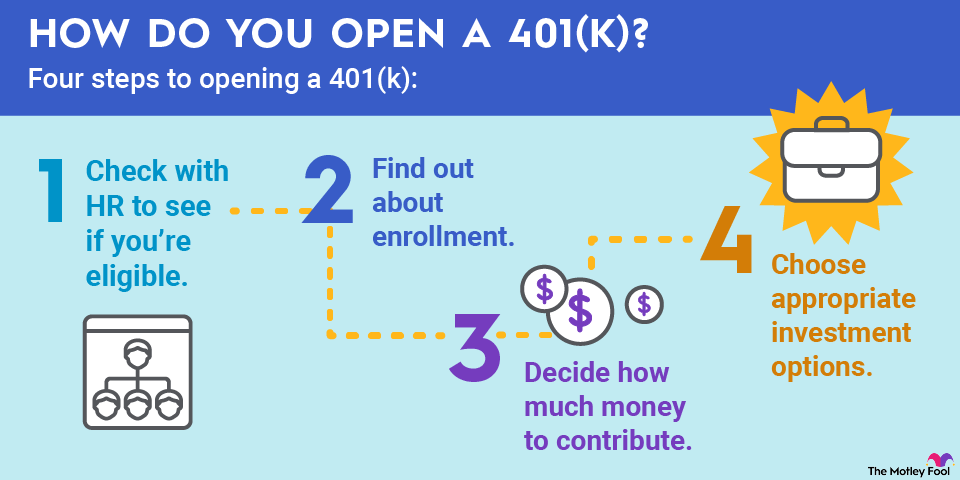Anyone can use this strategy if the account owner died prior to 2020, but for account owners who died in 2020 or later, only the following individuals can use the life expectancy method:
- Surviving spouses.
- Minor children of the account owner (only until they reach the age of majority).
- Disabled or chronically ill individuals.
- Anyone who is not more than 10 years younger than the account owner at the time of their death.
Not all 401(k) plans allow you to use this method even if you qualify. But if your plan refuses to allow it, you can request the employer do a trustee-to-trustee transfer to an inherited IRA, and then you can use this approach with the IRA.
When a loved one dies, figuring out what to do with an inherited 401(k) probably isn't a top priority, but it's important to decide how you'll handle it as soon as you feel up to it. Your decision will affect your taxes and, ultimately, how much money you get out of the inherited 401(k), so make sure you weigh the pros and cons of all of your options.


















